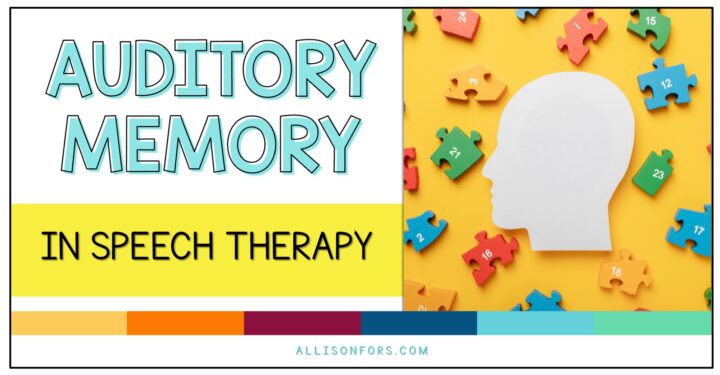
Signs and Symptoms of Submucous Cleft Palate

Submucous cleft palates can go unnoticed and untreated for a longer period of time since they aren’t visible. It’s not uncommon for Speech-Language Pathologists to be the first to notice symptoms and question if a child has a structural difference. Read for information on what to look and listen for!
WHAT IS A SUBMUCOUS CLEFT PALATE?
A submucous cleft palate is an opening in the muscles of the soft palate, beneath a thin layer of tissue called the mucous membrane. The term “submucous” refers to the fact that the cleft is covered by the lining of the roof of the mouth. This covering of mucosa makes the cleft difficult to see when looking at the palate.
It is a congenital malformation that occurs when the muscles and tissues in the palate do not fully fuse during fetal development. As a result, there may be a small opening or separation in the muscles and tissues of the palate. This can cause difficulty with speech, feeding, and other oral functions.
POTENTIAL SIGNS
- a bifid uvula
- a bluish-gray line tissue along the midline of the soft palate (this indicates the soft palate muscles are separated)
- a bony notch in the back of the hard palate
- the velum goes up into the shape of a tent when the child says “ah”


POTENTIAL SYMPTOMS
- hypernasality – The child may have “nasally sounding” speech or nasal air emissions (hearing air leak out the nose during speech)
- chronic ear infections or chronic nasal congestion/runny nose
- trouble feeding as an infant – the baby may take a long time to feed, experience liquid coming through the nose, may gag or choke while feeding, or experience frequent regurgitation or vomiting
- speech sound errors

Unlike a cleft palate, which is usually visible in the roof of the mouth, a submucous cleft palate may not be immediately apparent. It can be more difficult to diagnose, and the symptoms may be less severe.
TREATMENT OF A SUBMUCOUS CLEFT
Treatment typically involves surgery to repair the muscle and tissue in the palate and improve oral function. If you suspect a submucous cleft, refer the child to a craniofacial ENT for diagnosis. Almost 86% of children need submucous palate surgery. (Smarius et al., 2021)
Hypernasal speech and swallowing issues typically resolve following surgery, although articulation errors remain. Speech therapy may also be recommended to help improve speech skills after the repair is healed.
You may be interested in reading:
Cleft Lip and Palate Topic Page
6 Times to Refer to ENT
Common Cleft Palate Speech Compensatory Errors

If you enjoyed this post, please share it!






